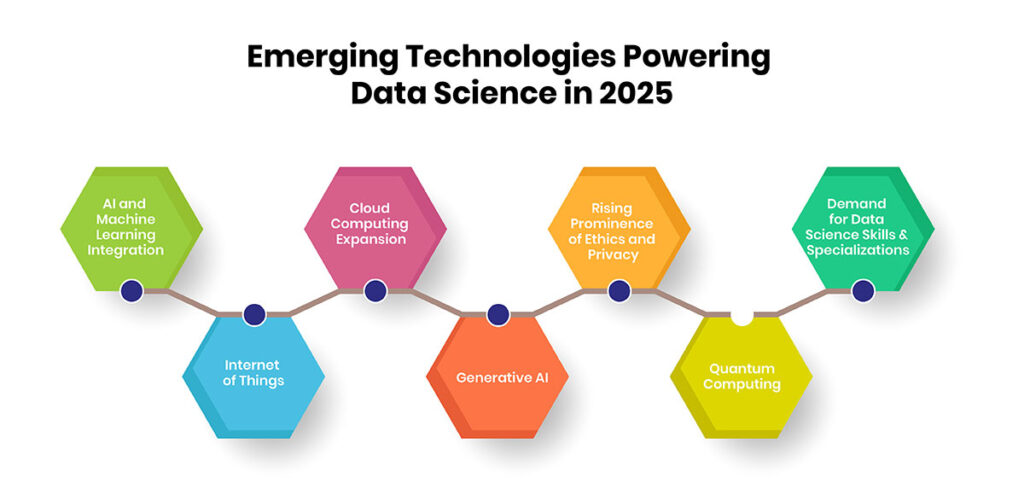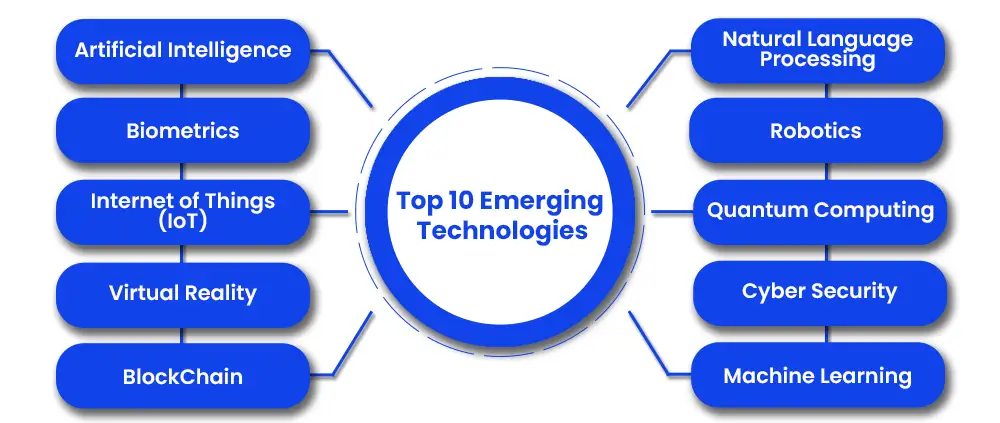Technology in Meta-Analysis
Technology is transforming research practices, and Network Meta-Analysis is no exception. Automated tools for data extraction now help speed up the process and reduce manual errors. Artificial intelligence is increasingly being used to screen articles, extract variables, and even predict study outcomes. With the support of cloud platforms, collaboration among teams across different geographies has become seamless, making Network Meta-Analysis more efficient and accurate than ever before.
Emerging Trends in Meta-Analysis
Another is a shift toward inclusivity. Studies these days are more about global data, speaking for some of the people that have historically been marginalized in research. Visualization is also advancing. Interactive graphs and dashboards help both experts and citizens visualize the results more clearly.
Advances in Statistical Techniques
There is a developing sophistication in statistical techniques in meta-analysis. For instance, Bayesian advanced statistical methods enable researchers to incorporate prior information into their models. This renders interpretations more flexible and meaningful. Network meta analysis is also providing an emerging methodology to compare multiple treatments across different studies. Machine learning techniques are also being incorporated to spot patterns that traditional statistics may overlook — which boosts accuracy and adds to the technical survival skills required of researchers. Literacy in these methods is starting to be a necessary component.

The Rise of Open Science
Since the rise of open science, conducting a meta-analysis has changed. In 2025, transparency is not just appreciated, it is an expectation. Now, researchers share data, codes and methods openly for replication. Protocol pre-registration limits bias and enhances credibility. More and more journals insist on compliance with these guidelines – an increasing amount of pressure for greater accountability. This emerging trends in research also promotes collaboration since teams anywhere in the world can contribute to and (re)analyze shared datasets.
Ethical Challenges in Meta-Analysis
As with meta-analysis itself, the ethical issues related with such practice are growing. There is still a risk of selective reporting and the exclusion of some studies to ensure outcomes. Conflicts of interest can sway the selection of which data is used. The incorporation of unpublished or preprint studies also raises issues of quality. In addition, cultural adaptation is an important basis for the introduction of global data. Conclusions should be derived in such a way that they respect various contexts. Current ethical standards highlight the values of transparency, participation and fairness, and they remind academics that the act of synthesis is about more than numbers.
Man As Part of Controlled Automation Systems
Automation is strong, but nobody beats human brains. By 2025, researchers should assume algorithms are partners, not replacements. Machines can scan thousands of papers in minutes, but something more than a computer’s judgment is needed to determine quality and context. Relying too heavily on automation can result in the inclusion of bad data or even causing you to miss subtle results. The practice that works best is a combination of using technology with very careful human review. This trade-off ensures that meta-analysis is efficient and reliable.
Training and Skill Development
Modern meta-analysis demands education that never ends. Today researchers must master coding, statistics and data visualization, to boot. But training in universities and professional workshops is now growing to meet this demand. Collaboration is also encouraged. The teams are a mix of methodology, ethics and substantive experts who come together for optimized work results. This is the norm, not the exception, 2025, interdisciplinary teams. This is indicative of the increasing sophistication and attention meta-analysis recieves in decision making.
Meta-Analysis and Policy Impact
Now, meta-analyses need to make their results accessible, preferably in clear means with the use of visuals. This means the results can be employed fast and in a targeted manner. But with great power comes great responsibility, so there is a need to promote ethical and transparent conduct in terms of the industry.
Future: Meta-Analysis to Come
The future of meta-analysis is bright. In the age of advancing technology, and developing ethical frameworks, the approach will only gain in relevance. ‘Big data’, ‘machine learning’, and ‘global cooperation’ will continue to be combined in ingenious ways by researchers. At the same time, the role of the human factor in keeping faith will never cease to be important. With rigour mixed with responsibility, meta-analysis will remain one of the most potent means for evidence-based inquiry, informing knowledge and policy for a long time to come.

Conclusion: The Now of Trends, Techniques, and Ethics
The 2025 meta-analysis is at the crossroad of technology, methodology and ethics. New instruments are adding speed and precision. New statistical methods improve accuracy. Open science and good behaviors build trust.
For more updates and details visit our Facebook Page!
FAQs
2. How does technology transform meta‐analysis nowadays?
Now AI and automation are scrutinizing studies, extracting data and spotting patterns. This accelerates research but requires human supervision.
3. New statistical methods for meta-analysis?
Bayesian analysis, network meta-analysis and machine learning are in vogue. They improve precision and are applicable to different treatments.
4. What ethical issues affect meta-analysis?
Selective reporting, bias, and cultural sensitivity continue to be issues. Trustworthy results demand transparency and fairness.
5. Conclusions What does meta-analysis mean for public policy in 2025?
That’s what policymakers rely on meta-analysis for: clear, evidence-based advice. Rather, it informs health, education and social decisions with better data.





